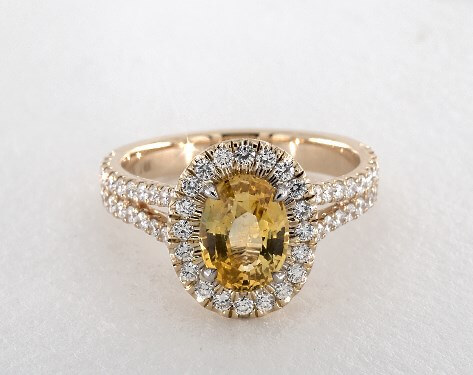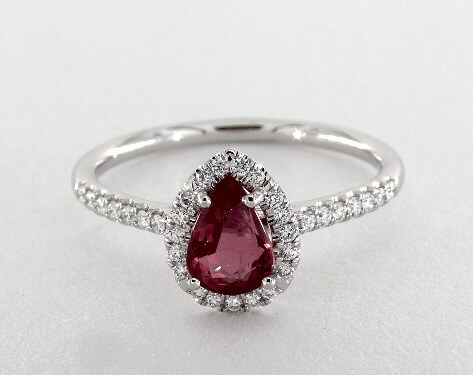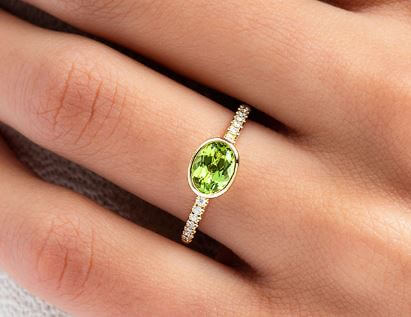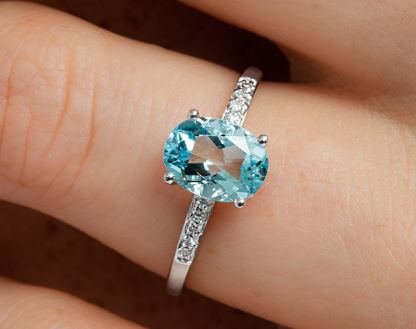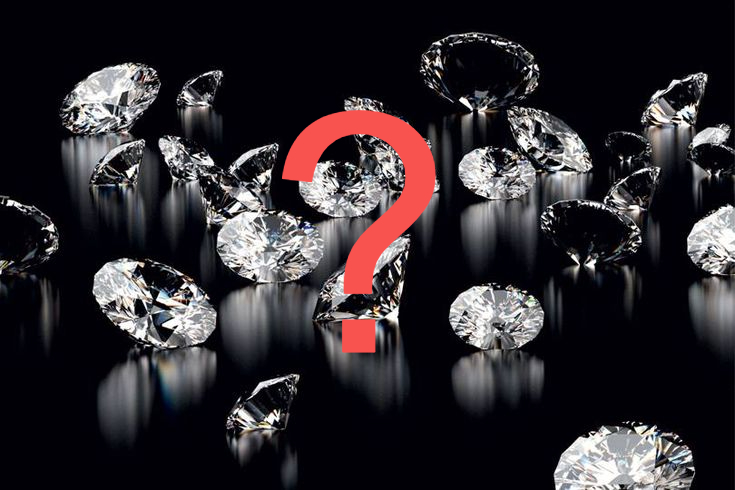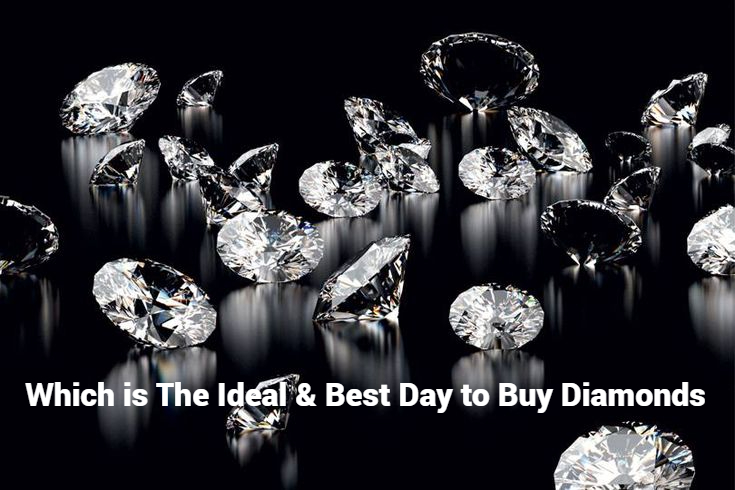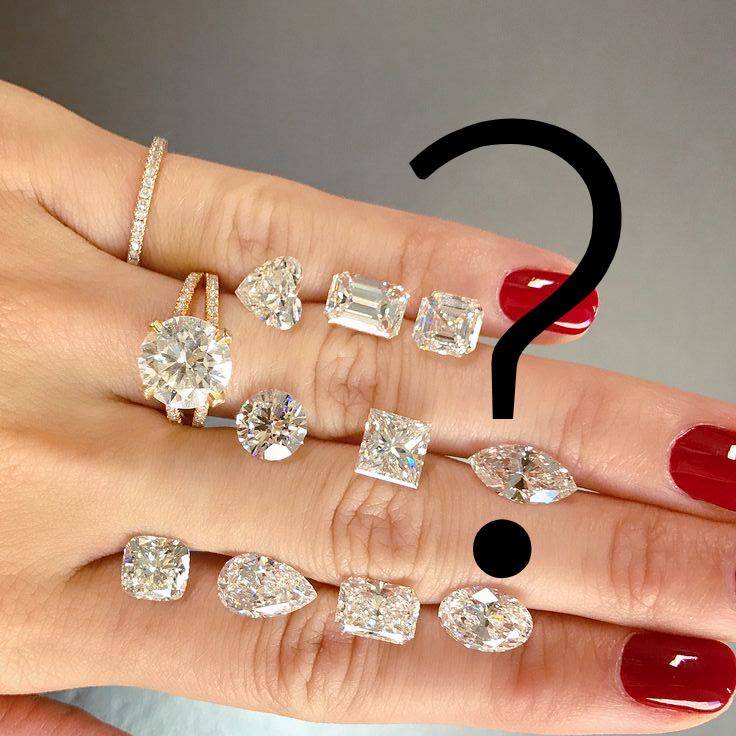Introduction
- Sapphires: A precious stone derived from Corundum
- The most popular sapphire is the blue sapphire, exemplified by the Logan Sapphire
- The Sapphire also comes in Yellow, orange and black colors
- It comes in at Mohs hardness scale at a rating of 9 which makes it very durable
- It can be cut into various shapes, ranging from round to oval and even cushion
- It is the gemstone for September borns
- Ruby: A precious stone also derived from Corundum. The presence of Chromium gives its red color.
- The sunrise Ruby is the most expensive ruby in the world. It is valued at $30 million.
- It comes in various shades of red, but the pigeon red is the most valuable variety.
- It has a hardness rating of 9 on the Mohs scale, so it is very durable
- It comes in various shapes and sizes, allowing for variety.
- The Moissanite: This is the closest alternative to a diamond.
- It can only be distinguished from a diamond using special equipment
- Moissanites have a higher refractive index than diamonds and so have a brilliance comparable to that seen in diamonds
- This gemstone has a Mohs hardness rating of between 9 and 10
- It is very durable, the hardest substance after diamond.
- It is a cheaper alternative to diamond
- Emerald: a derivative of the mineral Beryl
- More than half of the emeralds in circulation is from Colombia
- It relies on transparency and clarity to project its beauty
- Color is also another factor to consider when buying emeralds; a vibrant green is preferred
- It is softer than other gemstones and so should be handled with care
- Topaz: Derived from Aluminum and Fluoride. Topaz is the gemstone for happiness
- It comes in different colors, from yellow to brown
- It has a hardness rating of 9 but is not so hard. It should be handled with care
- The most common color is the blue topaz
- Examine the gemstone for inclusions and flaws before buying; they can affect the durability of the stone.
- Peridot: Also called the gem of the sun. It is derived from olivine
- It glows in the dark
- Make sure it is of high-grade clarity before purchasing
- It is not so hard, so it should be handled with care.
- It can also be damaged by acids and other corrosive chemicals
- Aquamarine: A derivative of the mineral Beryl.
- The dark blue to slightly greenish hue is preferred
- Transparency and clarity are where its strength resides
- It is the birth gemstone for March
- It is durable and classy in appearance.
So, you might not be very interested in diamonds.
Not everybody would indeed find diamonds attractive or something to die for, or use their two months’ salary to get! It is therefore expedient that we examine the best diamond engagement ring alternatives.
These alternatives might not be as popular as diamonds, but this does not in any way reduce their quality. Asa matter of fact, they can produce the same level of satisfaction with diamonds. It all depends on the preference of the buyer.
Furthermore, you might also find they have some other qualities that are peculiar to them which the diamonds might not possess.
Therefore, with great excitement let us examine the other gemstones you could get if you cannot get or do not want a diamond.
SAPPHIRE:
Everyone talks about Kate Middleton’s sapphire, so let us examine the sapphire. The sapphire is a precious stone that is a derivative of Corundum which is another mineral. The sapphire gemstone comes in different hues or colors, although it seems people only talk about the blue sapphire. Perhaps, this is due to the popularity of the Logan Sapphire, which according to Wikipedia is one of the most popular sapphires in existence. This 423-carat gemstone sits in the National Museum of Natural History in Washington D.C and it is a spectacle to behold.
The Sapphire can come in orange, back, orange, yellow or even grey. Other colors apart from the blue are conventionally called the ‘fancy’ or ‘particolored sapphires’.
It seems like the blue sapphire is the ‘round diamond’ of the sapphire clan…if you get what I mean.
As an alternative to diamonds, the sapphires perform excellently well. These gemstones glow so well and they also give you more options to pick from in terms of size, shape, and color.
If you are also concerned about durability, you need not be bothered as the Sapphires have a Mohs hardness scale rating of 9. The diamond is 10. So you can see that you have no problems if you would be banging your hands on tables or your hands would be colliding with objects.
The sapphire is timeless, and as reported by CNN, it was said that Kate Middleton’s ring was last seen in 1996 before it was given to Kate. Such is the significance of the Sapphire, it is timeless and still passes the same message of love and family from generation to generation. The sapphire also comes in different shapes, ranging from oval to round, to emerald and even princess and cushion shapes. Add to this the fact that it is way cheaper, compared to a diamond and you have a gemstone that gives you more for less!
Finally, if you are someone who attaches importance to birth months and gemstones, well, the Sapphire is the gemstone for the month of September. So, if your lover is a September born, you should have no second thoughts on getting this gemstone!
Check out this oval yellow sapphire ring on James Allen
RUBY:
Even though diamonds have value, you would agree with me that other gemstones like Ruby are also to be taken very seriously. They have seen an increase in demand in recent years as more and more people become more exposed to the wonderful world of colored gemstones. Take the Sunrise Ruby, for instance, which is valued at $30 million. At this price, this ruby is the most expensive in the world. It was bought by an anonymous buyer in 2015. The 25-carat pigeon red ruby was described as a unique treasure of nature and is considered one of the finest rubies on earth today.
The ruby is also a derivative of the mineral corundum. It is different from the sapphire because of the presence of the transition metal Chromium, which imparts the pink to red color that is seen in this gemstone. The most valuable variety of Ruby is the pigeon-blood ruby, also known as the blood-red ruby. It is bright red and so it brings a glow that is nothing short of phenomenal. Another thing that is considered in the Ruby world is clarity. Diamonds with a higher level of clarity are valued higher than those with noticeable and ugly inclusions.
You should consider this gemstone because first, its color speaks about love. Whether it is a heart or valentine or presents, the color red never misses the message. You can get the ruby to move your relationship to the next level.
As with the sapphire, the Ruby is also graded 9 on Mohs scale of Hardness, meaning it is as durable as it looks. The ruby also comes in diverse shapes, ranging from round to oval and even pear and tear dropped rubies. It is the perfect blend of elegance and beauty.
Check out this pear-shaped red ruby ring at James Allen
MOISSANITE:
If you love the sparkle and brilliance that comes with a diamond, but cannot afford one, or you just need an alternative, then the Moissanite is the closest alternative you can get to a diamond. At a rating of between 9 and 10 on the Mohs hardness scale, just like the diamond, the Moissanite is as durable as durable can be! Not only, that, since they have a higher refractive index than diamonds, But Moissanites have also been discovered to have a brilliance that is comparable to that seen in diamonds! These substances can easily pass as diamonds without anyone knowing. They can only be distinguished using special equipment, which only laboratories would have anyway! So, you can definitely work around with your Moissanite, feeling confident all the way. The Moissanite was discovered in nature in the 20th But it is indeed very rare and some people still challenge its existence in nature. Anyway, today, the Moissanite is almost entirely laboratory-made. It has the same carbon structure as diamond and can withstand a lot of heat and pressure. It also comes in a variety of colors, which are graded from D to K using the diamond color grading scale. As a diamond simulant, the sparkle and scintillation observed in this gemstone are only second to that of the diamond. Therefore, if you are looking to have an engagement ring that looks like a diamond 99.9%, then the Moissanite, is the ring to go for!
Experience the magnificence of the
EMERALD:
The word ‘emerald’ itself has Latin and Greek origins that mean ‘green gem.’
True to its name, the emerald is usually green, due to the presence of chromium in trace quantities. It is a derivative of the mineral Beryl. Some newer varieties have Vanadium added.
Emeralds were first discovered in Egypt and in Austria, as far back as the sixteenth century. However, today, Columbia is the headquarters of diamonds and it is said that they control more than half of the world production of emeralds. Like diamonds, emeralds are also graded with the 4Cs of Cut, Color, Clarity, and Carat. However, for emeralds, color is the most important factor, followed by clarity. One of the distinguishing and breathtaking features of the Emerald is the transparency and this makes clarity very important. Clarity is also graded using the naked eye because emeralds with absolutely no inclusions are extremely rare. An emerald gemstone with a vibrant green and flawless transparency would be highly valued. Emeralds have been around for a while and these magnificent gemstones can be timeless and give a classic look.
Perhaps the only drawback is that they are not so hard and as such, they could get easily chipped off with time and use. Therefore, some extra caution would be needed if you are going for this gemstone.
Asides from this, the emerald is the perfect gemstone to go for, if you are considering an alternative to diamond rings.
See this 1.06 carat green emerald ring on James Allen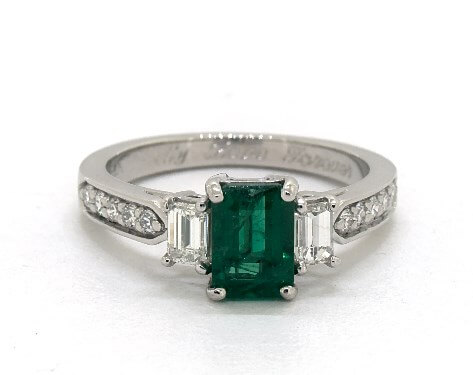
TOPAZ:
The topaz is a gemstone that is derived from Aluminum and Fluoride. It occurs naturally in a variety of colors, ranging from colorless to brown or yellow. Most of the other colors that we see around today are results of some form of treatment. For example, the Aluminum can be replaced with Chromium to make it appear pink or red. Topaz has its atoms arranged in an axial pattern and so it is not as hard as other gemstones, like the diamond; yes, it has a Mohs hardness scale rating of 8 which makes it hard, it should still be handled with care. The topaz is not a very shiny stone, because it has a low refractive index, but it focuses more on clarity to bring out its beauty. It leverages its different color ranges to provide variety and its transparency provides a strong visual appeal. It is the November birthstone and in the US, the State of Utah adopted the orange topaz as the official state stone. It symbolizes friendship and bonding. Brazil and Russia are very popular sites noted for the production of Topaz. The largest yellow cut Topaz in the world is the American Golden Topaz. This gemstone weighs 22, 892.5 carats and has 172 facets. It is definitely a beauty to behold. The most common color for the topaz is the Blue topaz because of the effect it has. It seems that blue carries a very strong message of attraction. The Swiss blue and London blue are awesome varieties of blue that you should definitely look out for. In buying a Topaz, make sure you inspect it well as some may look like another gemstone, Citrine. Take your time to examine for flaws ad inclusions as these could reduce the lifespan of your gemstone.
Observe the blend of the London blue and blue topaz with the diamond here: 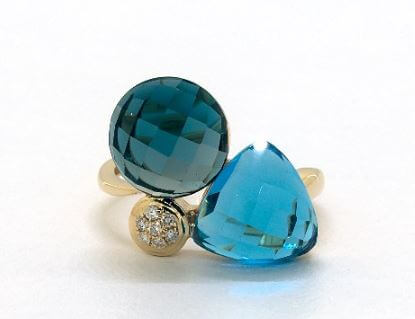
PERIDOT:
Have you ever heard of the gem called ‘the gem of the sun?’ If you have not now, you get to meet the Peridot, which is an exquisite and elegant gemstone, derived from the mineral called Olivine. Peridot is composed of iron and Magnesium, which are responsible for the green and yellow colors observed when it is viewed. It has very interesting origins: Some deposits were found in Zabargad, an island in the red sea in Egypt while other deposits are of extraterrestrial origin and were observed to have arrived with meteorites that dropped from space. So, if you like mystical fantasy and all kinds of space travel, this gemstone might just work for you. The period is the birthstone for the month of August and also the appropriate gemstone for the celebration of 15th wedding anniversaries! The peridot comes in at 6.7 to 7 on the hardness scale. Therefore, it is not a very hard gemstone and so you must be very careful about how you use it. It can also be damaged by acids and other corrosive chemicals. Therefore, the Peridot is to be handled with great care. It is a unique gemstone because it might not glow outstandingly during the day but at night, it glows magnificently. When you want to buy, look for a gem without brownish tints that would affect its beauty. Ensure that the clarity of the gem you buy is top-notch, as this is one of the greatest strengths of the gemstone. Also, pay attention to the cut and carat; they affect the appearance of the peridot.
Click to see an example of a peridot engagement ring
AQUAMARINE:
Have you ever heard of Aquaman? Well, this is his gemstone! Aquamarine is a derivative of the mineral Beryl. This gemstone is the blue-green derivative of the Mineral Beryl. Aquamarine is derived from two Latin words: Aqua meaning ‘water’ and ‘marina’ which means ‘sea’.
Do you see why I said it belongs to Aquaman?
It occurs in large deposits in Brazil, the United States, Madagascar, and several other countries. It shares its origin from the mineral, Beryl with the Emerald but, with a hardness rating of 7.5 to 8, it does not break or chip-off easily like the emerald. It is, therefore, a durable diamond that can be used as an engagement ring for many many years. Aquamarine is a gemstone that relies on its transparency and a high degree of clarity to send its message of love and happiness across. It is also known to have fewer inclusions and fractures, which are very important to project its innate beauty and magnificence. Its most premium color grade is the dark blue to slightly greenish-blue. The most common shapes the Aquamarine crystal is cut into include the emerald and the round, or oval shapes. It is so remarkable that Aquamarine is associated with happiness and it even has stories of protecting the wearers from evil and being conquered in battle. The gemstone is the birthstone for March. Things to look out for when purchasing an Aquamarine crystal include the color, with moderate intensity. An eye-clean gemstone is also expected for the Aquamarine. For the carat size, it is advisable to go above 5 carats, as those below this weight usually have darker hues.
